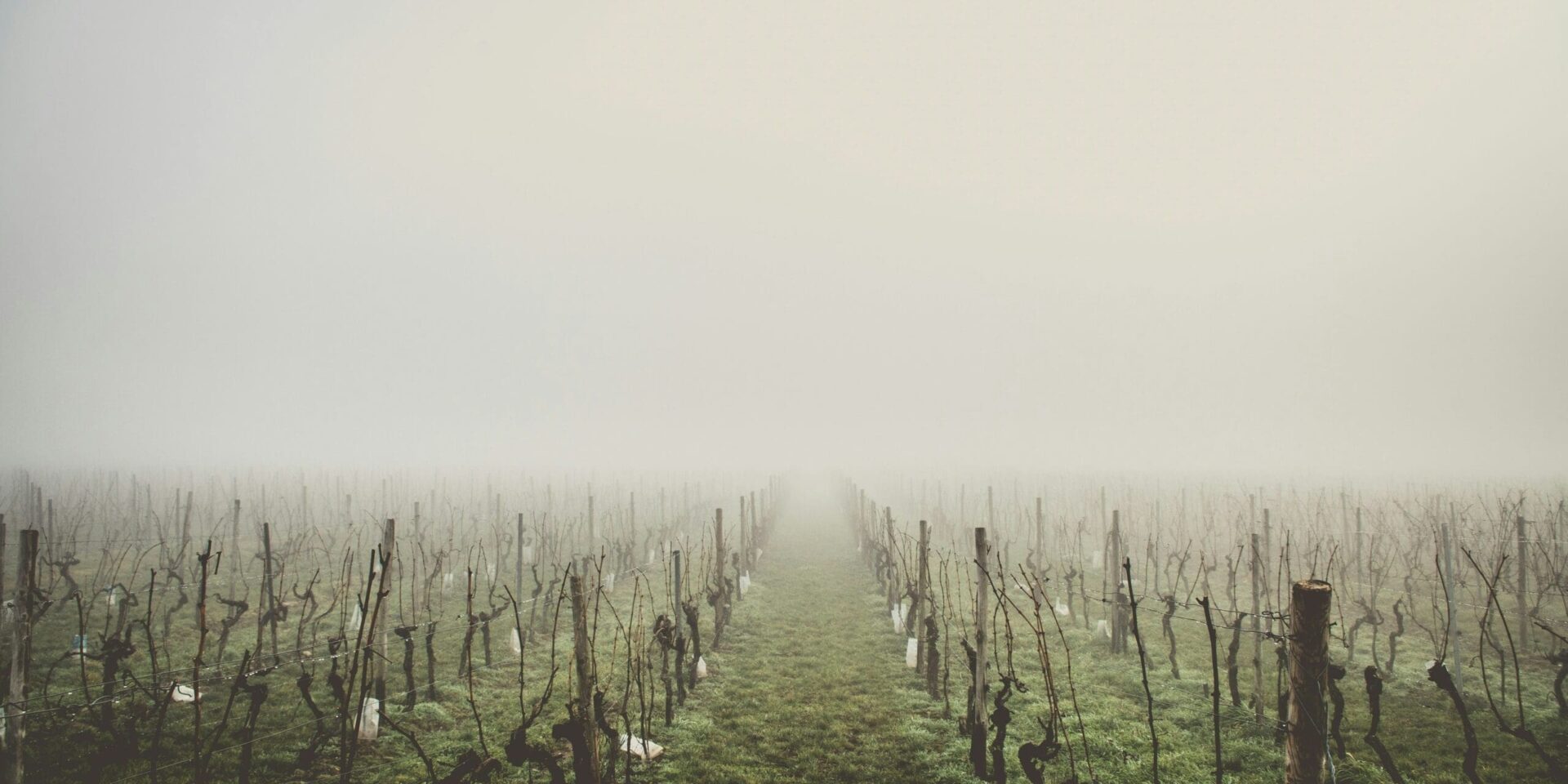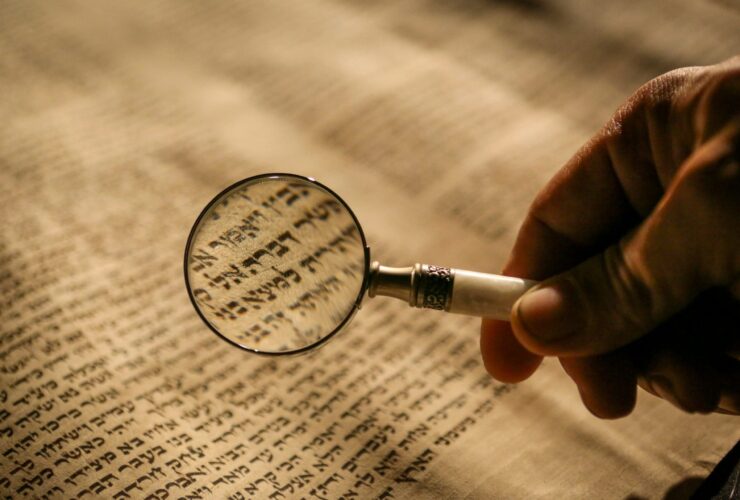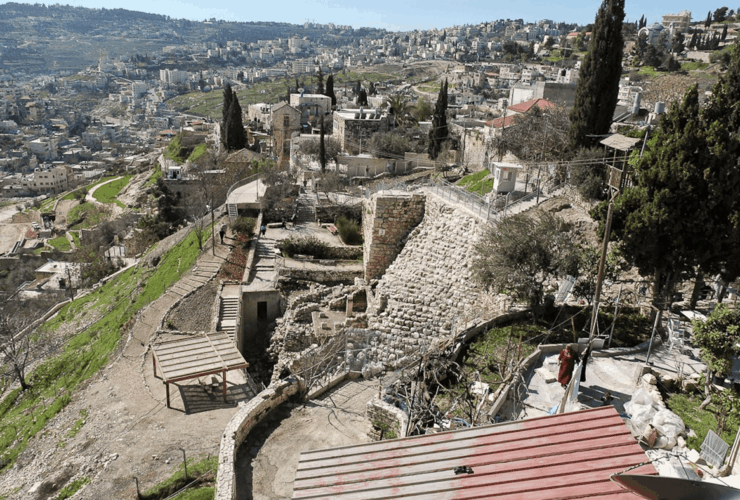In Isaiah’s opening vision God rebukes His people for their unfaithfulness to Him and their thirst for unrighteousness. And should they continue in this rebellion God shows Isaiah what their future holds: “Your country is desolate, your cities are burned with fire; strangers devour your land in your presence; and it is desolate, as overthrown by strangers. So the daughter of Zion is left as a booth in a vineyard, as a hut in a garden of cucumbers, as a besieged city.” (Isaiah 1:7-8 NKJV)
“Daughter of Zion”
So God warns Israel through powerful imagery what lies ahead. But notice first of all to whom this warning is specifically addressed. Namely “the daughter of Zion.” This is a phrase that is used 28 times in the OT and 6 of these occurrences are in Isaiah (1:8; 10:32; 16:1; 37:22; 52:2; 62:11) and is another name for Jerusalem. And by addressing Jerusalem, God is addressing the whole southern kingdom of Israel since Jerusalem was its capital city and the seat of its power.[1],[2] And while it might seem strange to we moderns for God to refer to Jerusalem as Zion’s daughter, to an ancient Israelite it made perfect sense. This is because Zion was the original mountain fortress that King David conquered. And the city of Jerusalem grew around Mount Zion. And back then it was customary to refer to the surrounding cities and suburbs as daughters. Hence Jerusalem is the “daughter of Zion.”[3]
“A Booth in a Vineyard, a Hut in a Garden”
Therefore, God is warning Jerusalem (and the whole southern kingdom of Israel) that because of her rebellion she will be left desolate—desolate like “a booth in a vineyard” and like “a hut in a garden of cucumbers.” (V.8) Again, to modern westerners, these images of barrenness might seem a little blurry (since we don’t generally build living quarters in vineyards and gardens) but to the ancient Israelites the picture couldn’t be clearer. Because at that time and in that culture keepers of a field had to stay onsite for long periods of time to maintain the crop. And during harvest time they would have to stay around the clock in order to guard it from predators—whether man, beast, or birds. And so, in order to protect themselves from the elements they constructed temporary shelters “made of closely twined branches and leaves, or of pieces or matting thrown over a rude framework of poles.”[4] Then once the harvest was collected the workers left the fields and the huts were left to fall apart.
This is indeed a vivid picture of judgment that God paints here: “Jerusalem and Zion, the center of Israel’s civil and religious life and a symbol of its national existence, will, in its punishment, become like a temporary lean-to, crumbling because it fills no further function, [the city will become] a non-guardian of a nonexistent crop.”[5]

Ryan Hembree is a daily co-host, speaker, and writer of Bible Discovery. He also hosts a YouTube channel that shows the unity of the Bible and how science and Scripture fit together. Ryan also has an honorary Masters of Ministry in Creation Science from Phoenix University of Theology.
[1] John MacArthur, NKJV MacArthur Study Bible, Note on Isaiah 1:8.
[2] Although Israel used to be one kingdom, after Solomon died it split in two. There was Israel North (referred to as simply Israel) and there was Israel South (called Judah) with Jerusalem as its capital.
[3] NIV Cultural Backgrounds Study Bible, Note on Isaiah 1:8.
[4] James M. Freeman, Hand-Book of Bible Manners and Customs, 481. – Lodge in a Garden, P.249.
[5] NIV Cultural Backgrounds Study Bible, Note on Isaiah 1:8.






